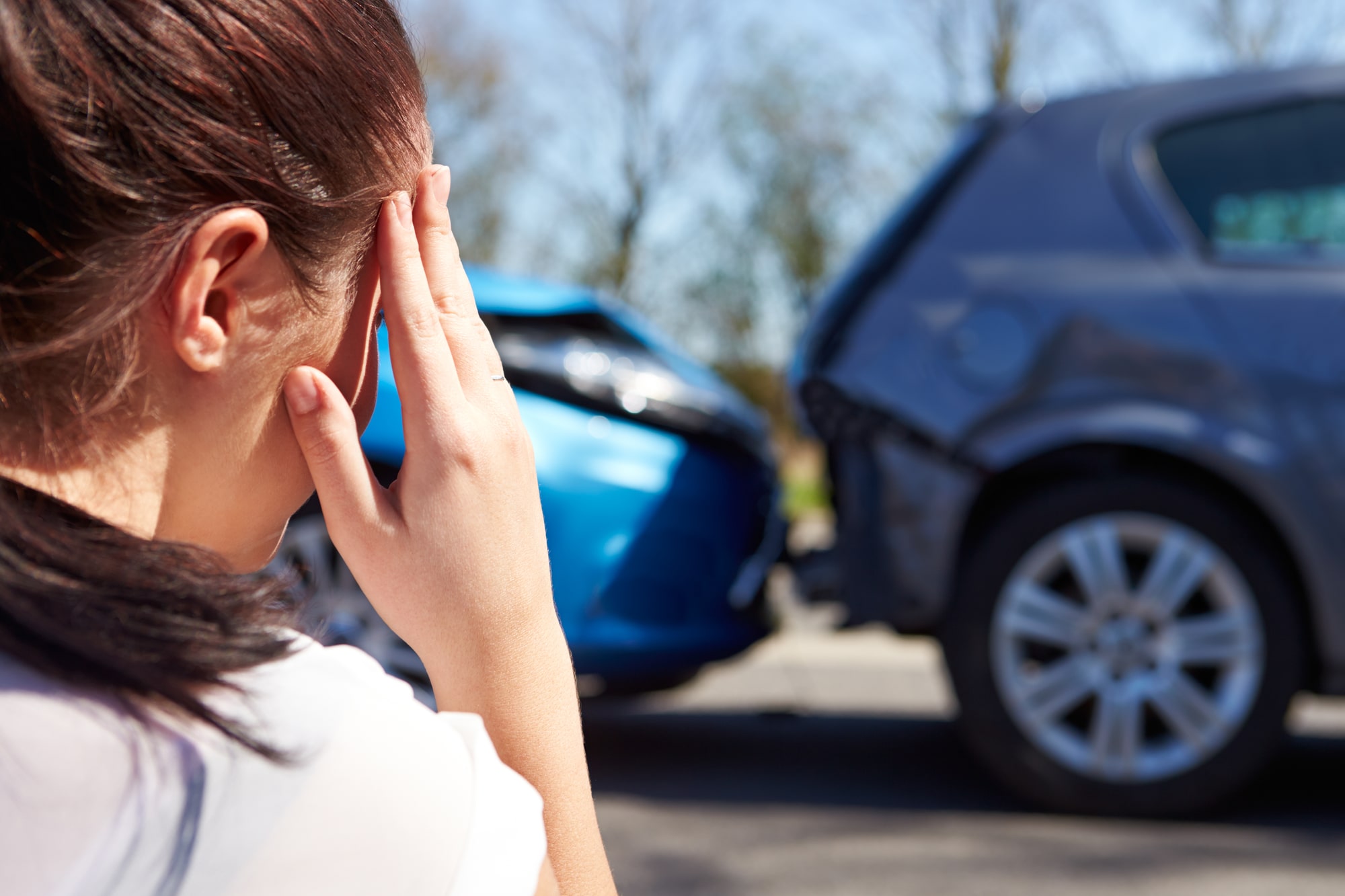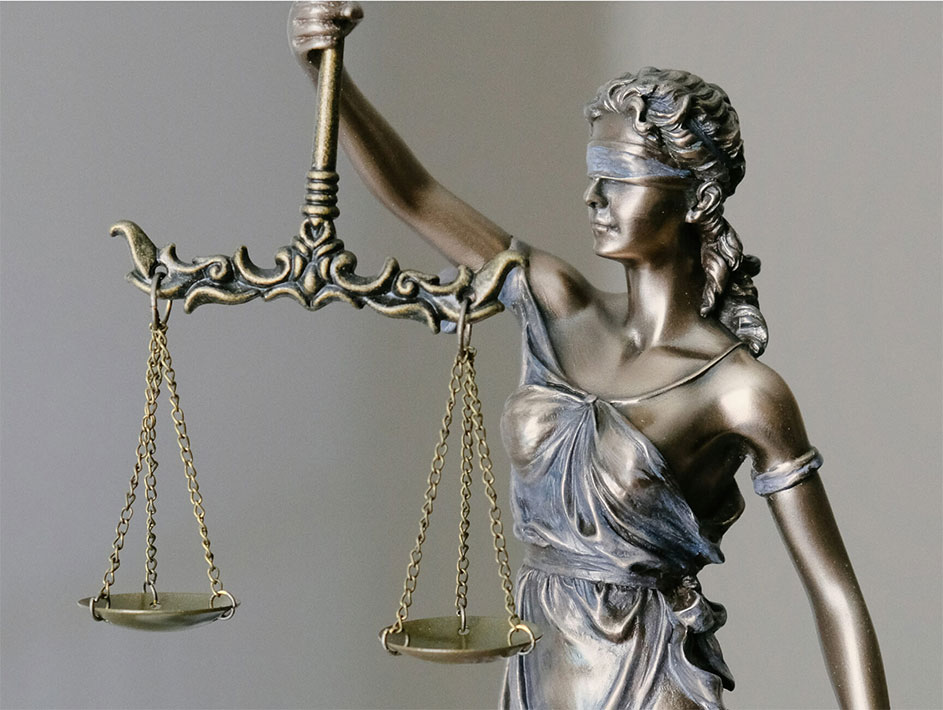Driving in bad weather increases the risk of car accidents due to slippery roads, reduced visibility, and unpredictable conditions. When a crash occurs during rain, snow, fog, or icy conditions, determining liability can be more complicated than in a standard accident, which is why hiring a skilled car accident lawyer is crucial. Understanding what happens at the scene and how to handle the aftermath can help drivers protect their rights and ensure they receive fair compensation. Our friends at Presser Law, P.A. go over some of the reasons a car accident can happen in bad weather, and how to handle it if you are ever involved.
Why Inclement Weather Increases The Risk Of Accidents
Bad weather affects road conditions in multiple ways, making accidents more likely. Some of the most common hazards include:
- Reduced Traction – Rain, ice, and snow can make roads slippery, increasing the risk of losing control.
- Poor Visibility – Fog, heavy rain, or snow can reduce a driver’s ability to see other vehicles, traffic signals, and road signs.
- Longer Stopping Distances – Wet or icy roads make it harder to stop quickly, increasing the chances of rear-end collisions.
- Strong Winds – High winds can push vehicles out of their lanes or cause debris to obstruct the road.
While weather plays a role in many accidents, drivers are still responsible for adjusting their speed and driving behavior to match conditions.
What A Police Officer Will Do At The Scene
When officers respond to an accident in bad weather, their primary concern is safety. Their duties may include:
- Checking For Injuries – Officers will assess whether medical attention is needed for anyone involved.
- Managing Traffic – If roads are icy or visibility is low, officers may use flares, cones, or their vehicles to prevent further collisions.
- Assessing Road Conditions – Police will take note of weather-related hazards such as black ice, flooding, or fallen debris.
- Determining Fault – While weather is a factor, officers will investigate whether a driver was speeding, following too closely, or otherwise driving negligently.
Always enlist in the assistance of a car accident attorney to assist with getting compensation in your case.
How Liability Is Determined In A Weather-Related Accident
Many drivers assume that bad weather alone is to blame for a crash, but in most cases, liability still falls on one or more drivers. Factors that may contribute to liability include:
- Driving Too Fast For Conditions – Even if a driver was under the speed limit, they may still be responsible if they failed to slow down appropriately for road conditions.
- Following Too Closely – In icy or wet conditions, failing to leave enough space between vehicles can lead to a rear-end collision.
- Failure To Use Headlights – Many states require drivers to use headlights during rain, snow, or fog. Not following these rules may indicate negligence.
- Lack Of Proper Vehicle Maintenance – If an accident was caused by worn-out tires, broken windshield wipers, or malfunctioning brakes, the driver may be held responsible.
A police officer will document these details in the accident report, which can be used when filing an insurance claim or legal case.
Steps To Take After A Crash In Bad Weather
If an accident occurs due to inclement weather, taking the right steps can help protect both safety and legal rights.
Move To A Safe Location
If possible, move the vehicle to the side of the road or a safer area to avoid further collisions. Turning on hazard lights can help make the vehicle more visible to other drivers.
Call Law Enforcement
Even if the accident seems minor, calling the police ensures that an official report is filed. This report will be valuable when dealing with insurance companies or seeking compensation.
Document The Scene
Since weather conditions can change quickly, taking photos or videos at the scene is crucial. Important details to capture include:
- Road conditions (ice, standing water, or snow buildup)
- Vehicle damage and positions
- Skid marks or debris
- Visibility levels (such as fog or heavy rain)
Exchange Information
Drivers should exchange insurance and contact details, even if the crash seems weather-related. If there were any witnesses, their statements could help clarify what happened.
Seek Medical Attention
Even if injuries are not immediately noticeable, it is important to get checked by a doctor. Some injuries, such as whiplash, may not become apparent until hours or days later.
Getting Compensation After A Weather-Related Accident
Since insurance companies may try to blame bad weather rather than a negligent driver, securing fair compensation can be challenging. A strong claim should include:
- A copy of the police report
- Photos of weather conditions and road hazards
- Witness statements confirming what happened
- Medical records documenting any injuries
If a government agency failed to maintain safe road conditions, such as neglecting to salt icy roads or clear hazardous debris, they may also be held liable.
Legal Support Can Make A Difference
Our colleagues at Helmy Law Firm know that navigating a car accident claim after a weather-related crash can be complex. Insurance companies may try to reduce payouts by blaming road conditions rather than driver negligence. Seeking legal guidance can help ensure that all responsible parties are held accountable and that fair compensation is secured for medical expenses, vehicle damage, and other losses.



